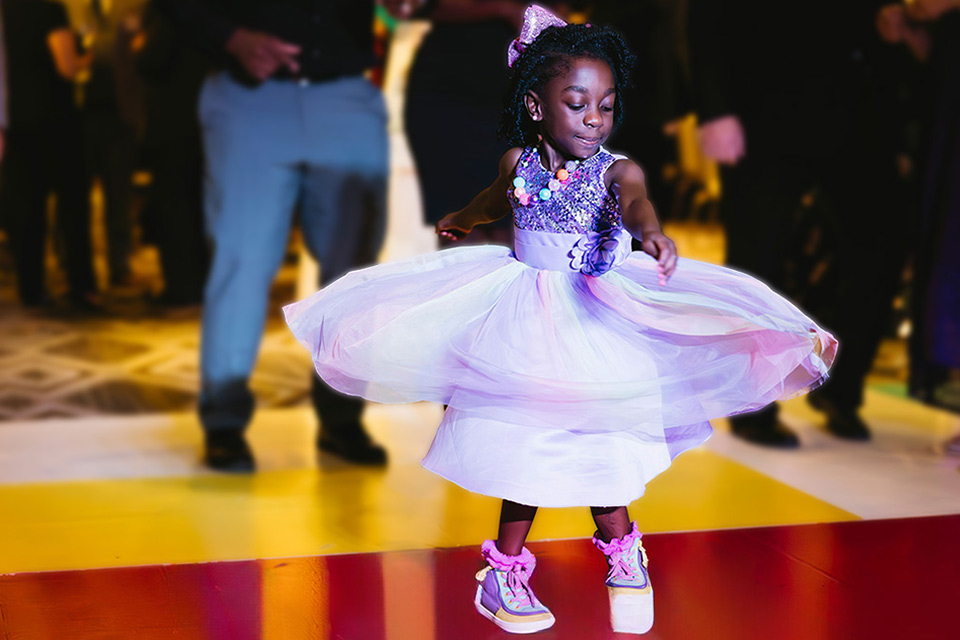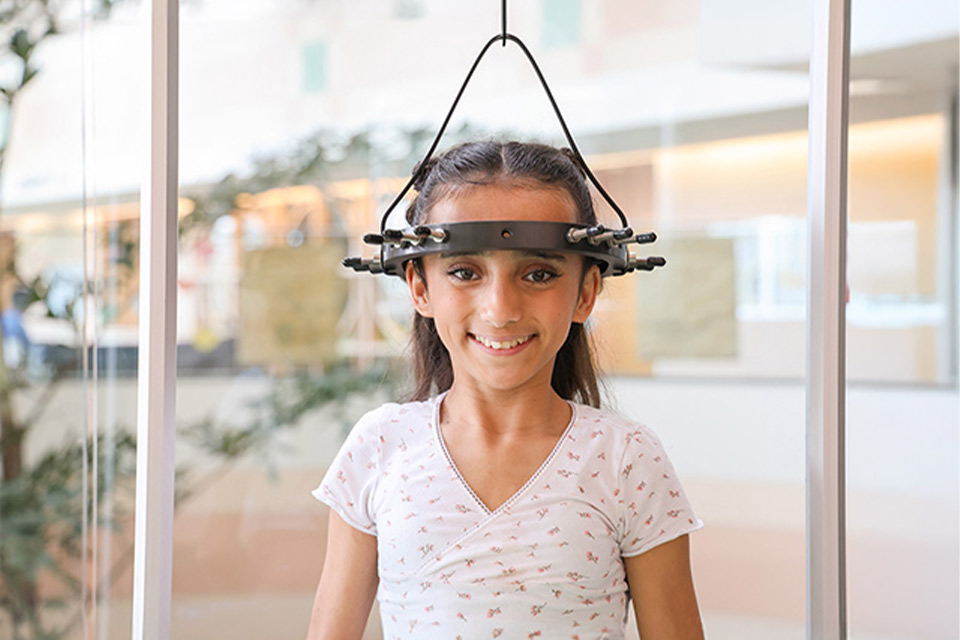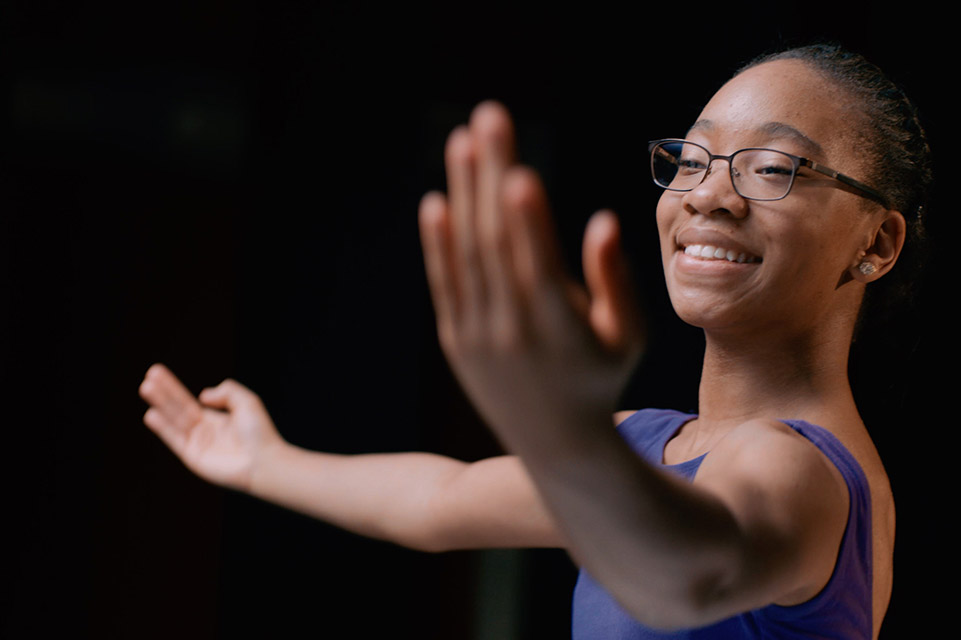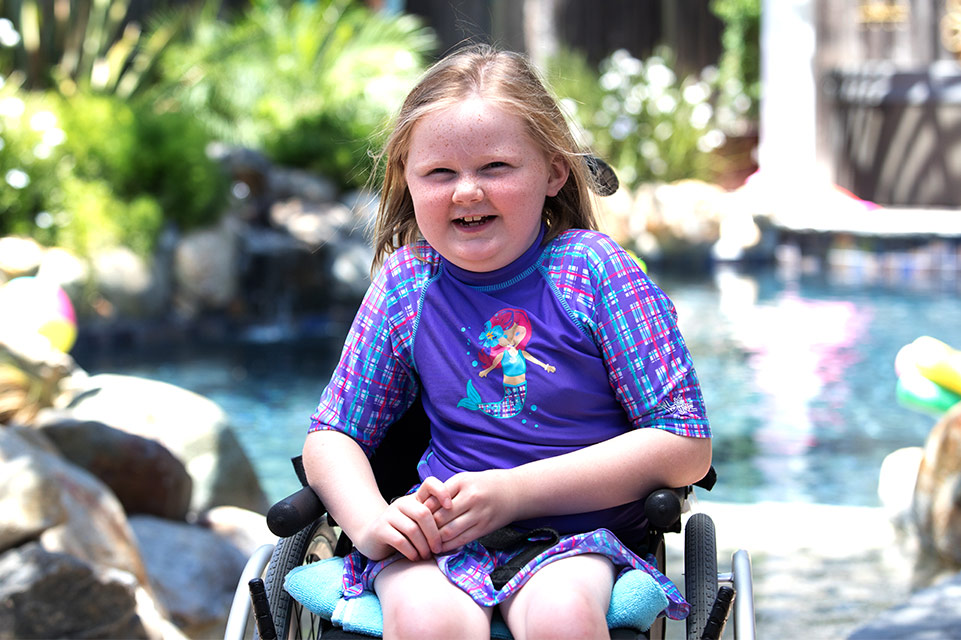Established: March 20, 1926
Early in 1925, the nobles of Medinah Temple in Chicago decided to build the eleventh Shriners Hospital at the intersection of Oak Park and Belden Avenues in Chicago. In short order, the nine nobles of the hospital committee erected a large sign, hired contractors and posted construction bonds. In March of 1926, the 50,000-square-foot, red-brick hospital opened. By November of that year, the hospital had received 210 applications, its 60 beds were filled to capacity, and the hospital had already discharged 56 patients.
These were boom times, and the Shriners invested heavily in the facility. The building and grounds were kept immaculate; shrubs and flowers were donated regularly and a full-time gardener was employed.
The patients were all children under the age of 14, most diagnosed with polio or infections of the bone. Treatment was long-term, and patients frequently resided in the hospital for up to a year. By 1930, the hospital, known as the Chicago unit, had treated or was treating nearly 650 children in the hospital and more in the outpatient clinic, which was held one afternoon a week. Hundreds of braces were given out.
Location Highlights
- March 20, 1926: Opened.
- 1920s: The Chicago hospital owned two ‘iron lungs’ for children with serious polio. During the first few decades, 60% of children in the hospital suffered from polio. The hospital donated its last iron lung in 1957 to the Chicago Fire Department, under the condition the hospital be able to retrieve it immediately with a single phone call.
- 1930s: The hospital’s 60 patients were cared for by six trained nurses who lived on site. Both children and nurses ate fruits and vegetables grown on the property.
- 1940s: Harold Sofield, M.D., established an orthopedic residency between Hines VA Hospital and the Chicago Shriners Hospital. This brought physicians to the hospital at no cost since the government paid the salaries to residents. By 1964, 102 orthopedic residents had graduated from the program, the largest number from any training program in the country.
- 1950s: Dr. Sofield developed the first surgically successful treatment for osteogenesis imperfecta (OI), a bone rodding surgery. Drs. Sofield and Millar published the first research on the technique in the 1950s and welcomed physicians from around the world.
- 1965: Air conditioning installed in the operating room.
- 1966: First halo ring implanted on a patient.
- 1968: First radiologist hired at a cost of $100 per month.
- April 22, 1970: Midge Peck, Gemma Geisman, Renee Gardner and Becky Keller organized a meeting at the Chicago Shriners Hospital to explore founding a national organization for OI families. "Without the help of Dr. Harold Sofield, Dr. Edward Milar and nurse Frances Dubowski, the OI Foundation would probably not exist today," she said. At that meeting, it was determined that the new organization would be known as the Osteogenesis Imperfecta Foundation and its mission would be to sponsor OI research, provide medical information and emotional support to affected families and individuals, and to create awareness about OI among medical professionals and the general public. More than anything else, these four mothers wanted to offer a glimmer of hope where there was none. In 1971, Dr. Sofield was elected chairman of the OI Foundation’s first medical advisory council. Shriners Hospitals physicians, including Peter Smith, remain on the council today.
- 1970: Plastic surgeon Martin Sullivan, M.D., begins offering cleft lip and palate repair surgery. In 1998 the hospital added a full craniofacial surgery program. By 2000, nearly 150 children with facial clefts received surgery each year at the Chicago Shriners Hospital.
- 1979: Construction begins on a new Chicago hospital following a 200% increase in applications over the previous 20 years. New building completed in 1981 with an intensive care unit and specialized recovery unit.
- 1982: Medical education continued to grow and the hospital welcomed five orthopedic residents from the University of Chicago, the University of Illinois, RUSH and Loyola. By 1980 the hospital helped train more than 200 residents.
- 1983: Chicago’s pediatric spinal cord injury (SCI) program opens and welcomes first patient to help young people with SCI create functional lives for themselves.
- 1989: Chicago hospital created a gait analysis laboratory, which, combined with its sister lab in Milwaukee, constituted one of the largest clinical research labs for motion analysis in the country, under the leadership of Gerald Harris, Ph.D.
- 1993: A $650,000 grant funded major renovation of the hospital’s six-bed pediatric intensive care unit, to provide extra attention to children undergoing spine surgeries or with a history of complicating health concerns.
- 1999: Chicago hospital seeks approval for a $32.4M addition, as its three surgical suites were operating at 90% capacity most of the time. From 2000-2009, a new clinic wing opens, major areas inside the hospital are relocated, and inpatient and intensive care units are upgraded.
- 2014: The spinal cord injury service expanded to include physical rehabilitation.
- 2015: Alec, a lifelong patient with OI, is among the Chicago patients selected to participate in filming commercials to encourage donations to the healthcare system.
- 2015: Hospital hosts top NFL Draft picks for the first NFL/Shriners collaboration. Recognizing his goal to become a sports broadcaster, Alec interviews future NFL stars at the hospital.
- 2018: The hospital’s popular indoor wheelchair basketball court is renamed “Alec’s Court” after Alec.
A nurse and patient enjoy the grounds in the 1920s.
A Shriner visits with a patient.
The Chicago hospital had its own Camp Fire Girls and Boy Scout troops, as patients spent many months at the hospital. The camp fire girls helped tend the hospital garden which was used in hospital meals.
Patients have always been the center of our care and services. Nurses became like family to patients who spent weeks and months at our location.
Roberta, top right, in this historic photo of patients, was selected to celebrate President Roosevelt's birthday live on the radio when he raised funds to fight polio. Her daughter said she went on to be a March of Dimes ambassador as well.
M&M Mars located across the tracks, provided a custom chocolate model annually in the 1970s-1990s as a Christmas gift to Chicago hospital patients.
specialty pediatric care at shriners children's chicago

Spine & Spinal Cord

Cleft Palate

Plastic Surgery

Spinal Cord Injury

We Understand the Unique Medical Needs of Children
Keep In Touch
Join our mailing list to stay up to date on everything that's happening at Shriners Children's.
